In our latest installment of Forgotten Concepts, we cover the world’s fastest MPV, called the Renault Espace F1.
In 1994, Renault was enjoying time at the top of the automotive world. So the French brand wanted to celebrate some of its recent successes. Through its partnership with the Williams F1, it had managed to wrestle back constructors and drivers championships from McLaren-Honda. The British F1 outfit had taken titles on the trot from 1988 to 1992.
The Laguna sedan had just taken over representing the brand in the ultra-competitive British Touring Car Championship. In this series it was a consistent top finisher in the hands of young Swiss hopeful Alain Menu. The Clio Williams, one of the hottest hatchbacks of the era, was released the previous year.
The year 1994 would also mark a decade since Renault had started making the Espace. It was a game-changing, front-engine, front-wheel drive MPV and it wanted to celebrate the minivan’s 10th birthday with a bang.
Follow Double Apex on Instagram and Facebook where we share more car content.
Nobody Saw it Coming
Renault tasked engineers from Williams F1 to collaborate with automotive builder Matra, who was responsible for producing the Espace. The idea was to build a special vehicle to mark the occasion. What resulted was a glorious nod to lightweight design and ode to F1 engineering prowess.
Click here to check out more forgotten concepts as covered on our website.
Williams’ expertise had reached new levels, as seen in Alain Prost’s championship-winning FW15C. The pair dominated the 1993 season through the use of active suspension, traction control, ABS and sophisticated onboard telemetry system that helped the driver set the car up corner by corner.
World’s Fastest Minivan
The Renault Espace F1’s carbon-fibre body was significantly wider than the regular road-going Espace version. The F1 MPV was painted gold and black, a nod to Renault’s early days in F1. ‘Scaffolding’ at the rear of the roof masqueraded as a wing.
Instead of an upgraded version of one of the motors in the Espace’s engine line-up, which included a V6, the Renault Espace F1’s received the same highly-strung 3,5-litre, 40-valve, V10 motor. It was the same engine that powered the Williams FW15C to 10 wins from 15 race starts in the 1993 F1 season.
A Supercar Beater
Power from the V10 motor was increased from its original 515 to 610 kW. Peak power was developed at a screaming 14 000 r/min. A semi-automatic transmission sent power to the rear axle. Renault said the Espace F1 was capable of a 0-100 km/h sprint in 2,8 seconds and a top speed of over 300 km/h.
Just a single running vehicle was built. The Espace F1 would have been hideously expensive to build (for Renault), and buy (even for those with deep pockets). Fortunately, Japanese video game developer Polyphony Digital included the Renault Espace F1’s in the second installment of the Gran Turismo franchise, where it won many a young gamer (including yours truly) a few trophies.
The vehicle still exists today in the Matra museum in France, while a static model sits in the Renault heritage collection. Watch the Renault Espace F1 in action below.

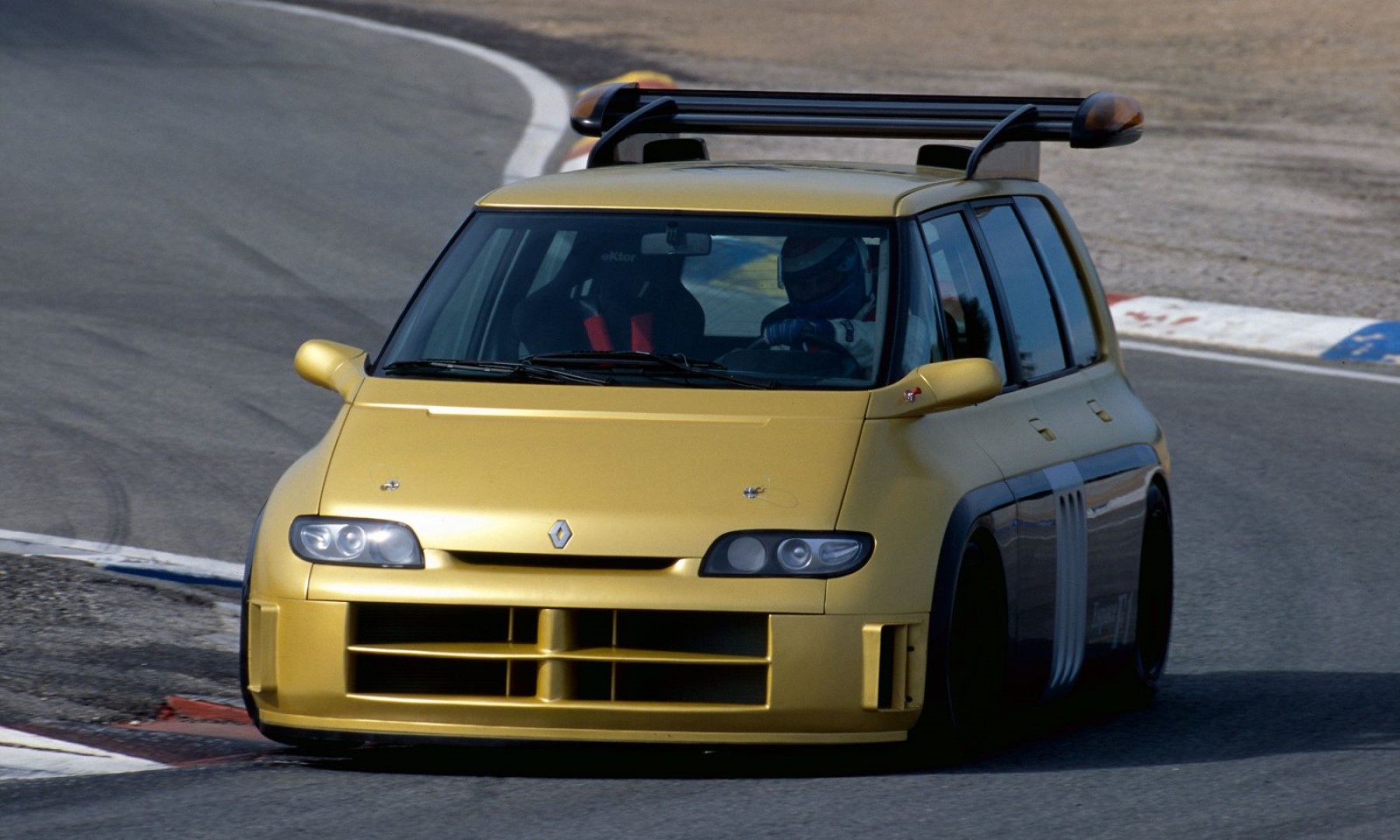

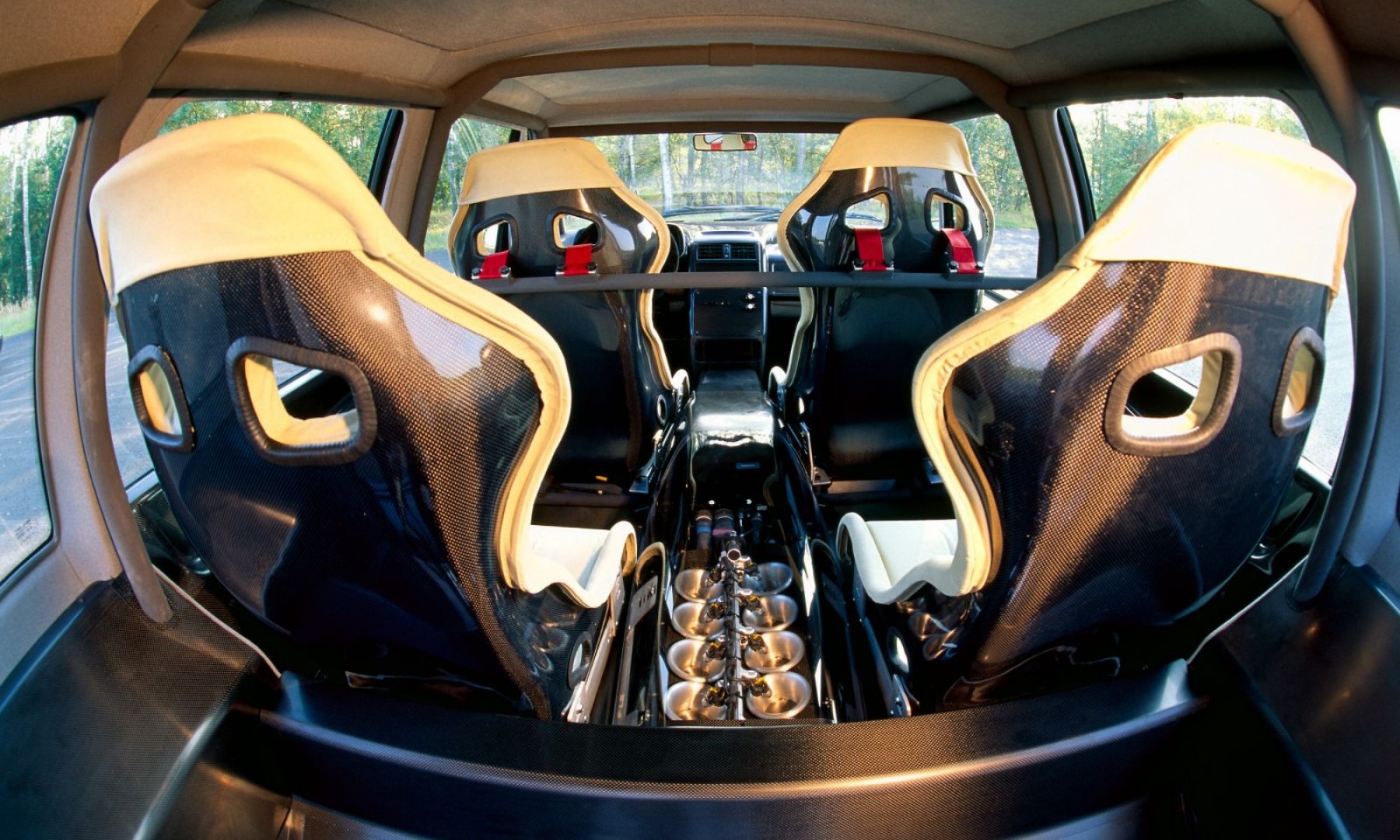
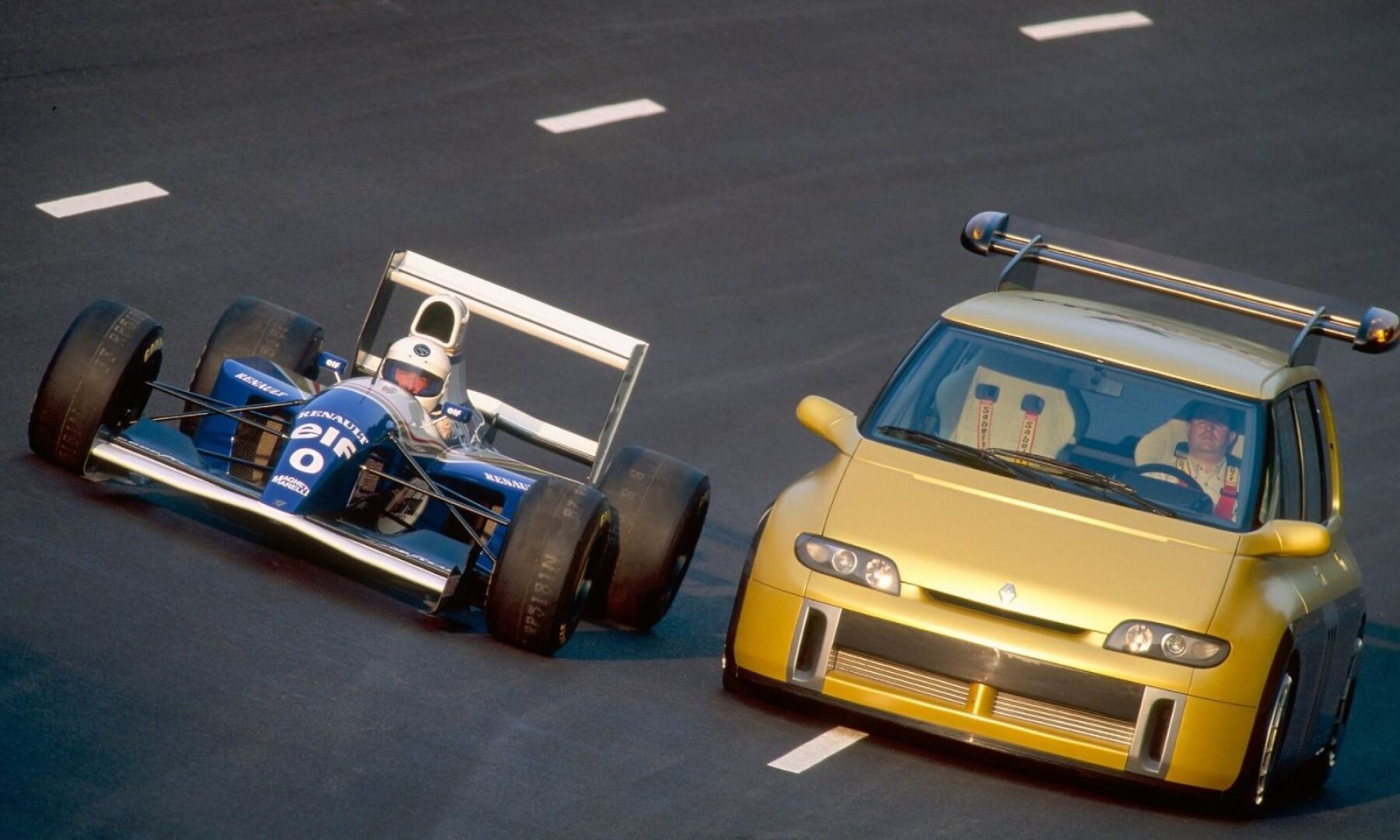


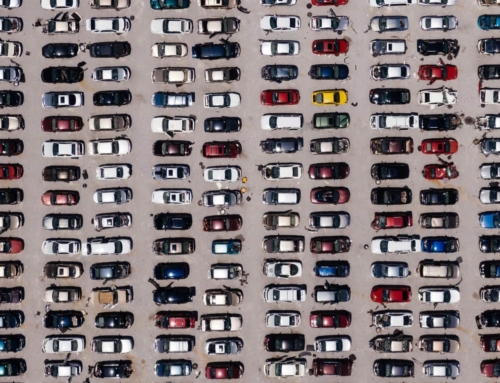
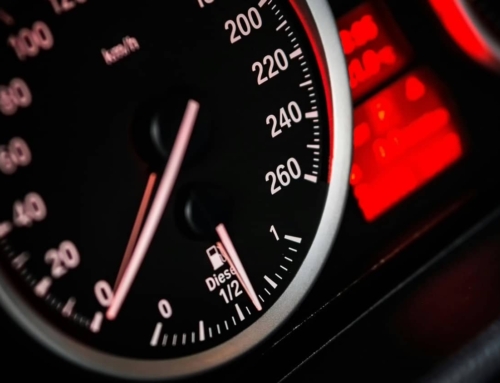
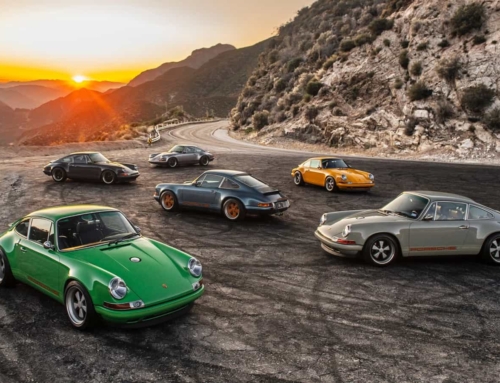
Leave A Comment